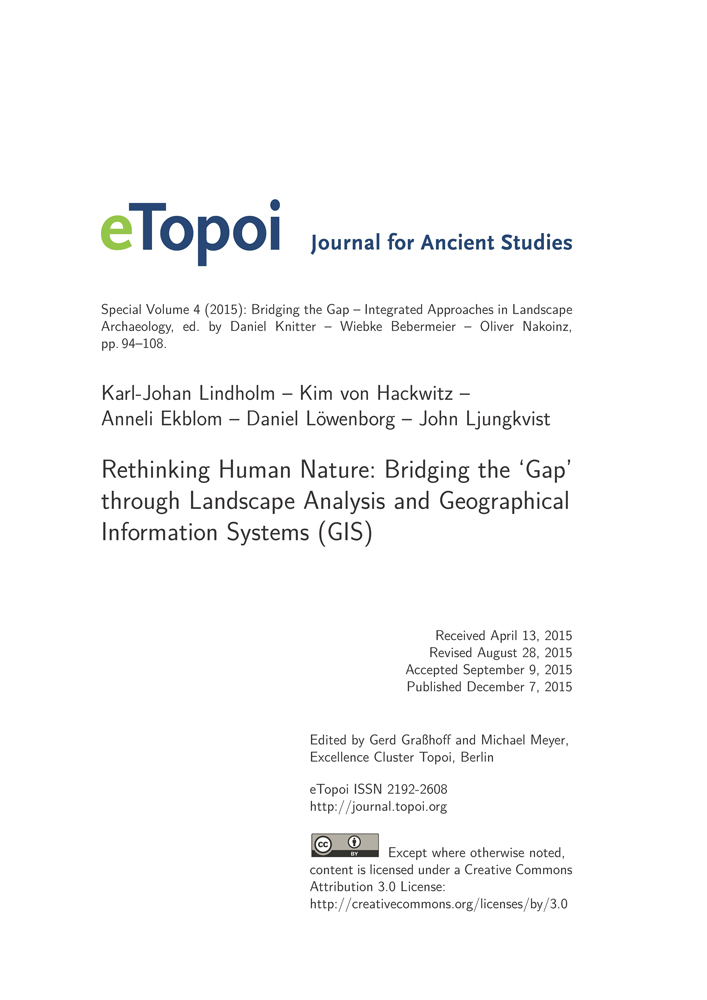Rethinking Human Nature: Bridging the ‘Gap’ through Landscape Analysis and Geographical Information Systems (GIS)
This paper will discuss a pedagogical approach to integrating the humanities and the natural sciences. Our approach calls for extended collaboration between the two fields and a capacity to integrate the experimental and deductive lines of reasoning within the natural sciences with the holistic and critical perspectives of the humanities. This paper will describe and discuss how this notion is applied to the construction of a pedagogical framework or a learning environment constituted from landscape theory, GIS, and pedagogical principles derived from EBL and PL. The paper highlights how a landscape approach in combination with the interactive and dynamic properties of GIS can be used as an active learning environment crossing the interfaces of the disciplines.

